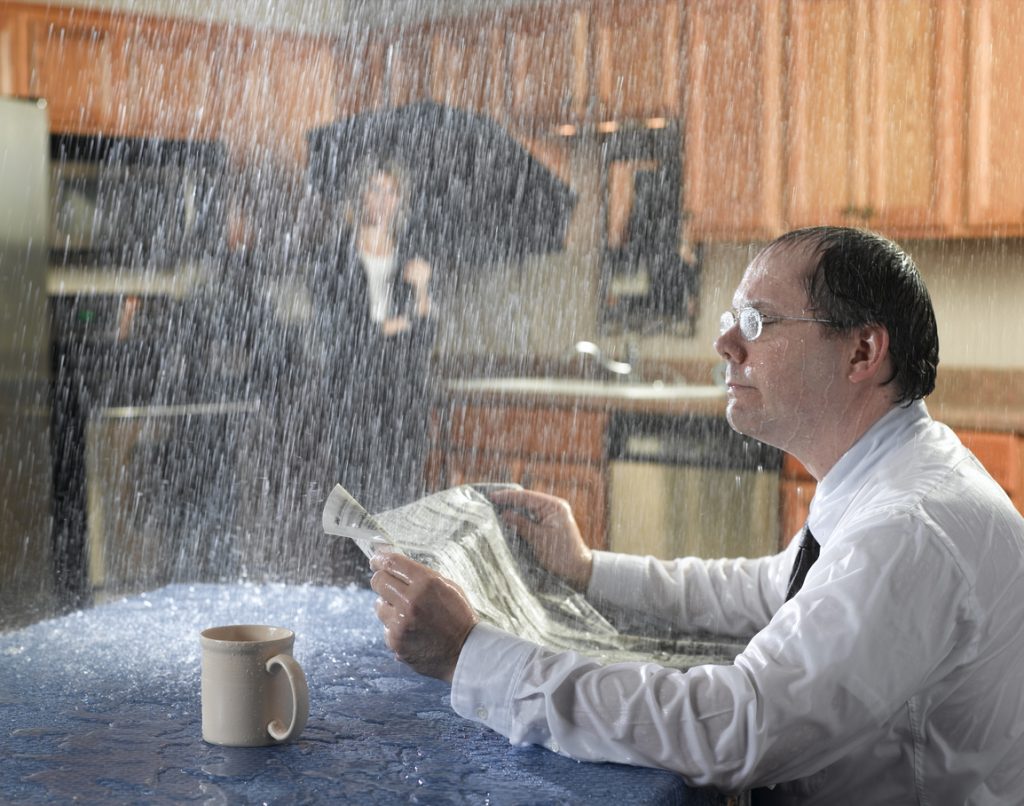Last week on the Property Insurance Law Blog, I discussed a Florida statute that often requires insurance companies to repair undamaged parts of a property in addition to the damaged parts of the property. As discussed, Florida and federal courts have held that Florida Statute § 626.9744 only applies to homeowners’ policies, and not condominium association policies that are considered “commercial residential” policies. See Ocean View Towers Ass’n, Inc. v. QBE Ins. Corp., 11-60447-CIV, 2011 WL 6754063, *9 (S.D. Fla. Dec. 22, 2011). Despite the statute not covering commercial properties, a commercial residential policy may require an insurance company to repair undamaged property as well.
In 200 Island Boulevard Condo. Ass’n v. QBE Ins. Co., No. 11-20247, (S.D. Fla. Jan. 19, 2012), United States District Judge Cecilia M. Altonaga held that the insurance policy entitled the condominium association to “matching,” despite arguments from the insurance company that the policy did not provide for such repairs. The Court first found that there are two ways to approach a “matching” situation.
As an initial matter, the Court observes that matching of replacement building components to undamaged original building components can logically be arrived at by two means. The first is by installing replacement components that are “of like kind and quality” as the original components; uniformity is thus achieved without the replacement of undamaged original components. If that is not possible because, for example, components “of like kind and quality” are unavailable, a second option to achieve matching is to replace all like components (i.e., windows), both damaged and undamaged, so that any damaged components that are replaced are identical to the undamaged ones.
In opposition to the matching argument, the insurance company cited Ocean View and Strasser v. Nationwide Mut. Ins. Co., 09-60314-CIV, 2010 WL 667945 (S.D. Fla. Feb. 22, 2010), to allege that the policy did not cover “matching” through the second method discussed by Judge Altonaga.
While the reasoning of Strasser and Ocean View is persuasive, the cases are not directly applicable here for two reasons. First, in Strasser, “what constituted a direct physical loss under the policy . . . [was] not at issue.” [citing Strasser]. Similarly, the court in Ocean View Towers did not specifically address whether the policy’s coverage included “direct physical loss or damage” to the building as a whole, likely because the plaintiff did not raise the argument. [citing Ocean View]. In this case, however, Island maintains that by the policy’s own terms, the entire building or structure is “covered property,” and thus, damage to the building not only includes physical damage to its individual components, but also physical loss of the building’s original condition due to mismatched replacement components. … In sum, regardless of which method QBE used to compensate Island for its loss, Island is entitled to matching. Notably QBE fails to address this argument in its Reply. … [Emphasis added].
The Court looked to the payment provision in the policy that requires the insurance company to either “pay the value of lost or damaged property” under paragraph (a)(1) or “replace the property with property of like kind and quality” under Paragraph (a)(4).
Thus, although QBE states that it must “pay” as opposed to “replace or repair” the damage to Island’s property, QBE appears to agree that matching via the first method is appropriate, i.e., damaged items must be replaced with property of “like kind and quality,” which is language belonging to Paragraph (a)(4). … Indeed, if QBE opted to compensate Island under Paragraph (a)(4), money damages for breaching the insurance contract could simply contemplate what Island would have been entitled to: matching building components. [Emphasis added].
Essentially, the Court held that under the terms of the policy, the entire building was covered in its pre-loss condition. The building had matching components in its pre-loss condition, and the policy covers the cost to repair damage to bring the building back to that pre-loss condition, matching components and all. This makes perfect sense under all theories of indemnity, because the property should be brought back to its original pre-loss condition, not a patchwork of mismatched components.


